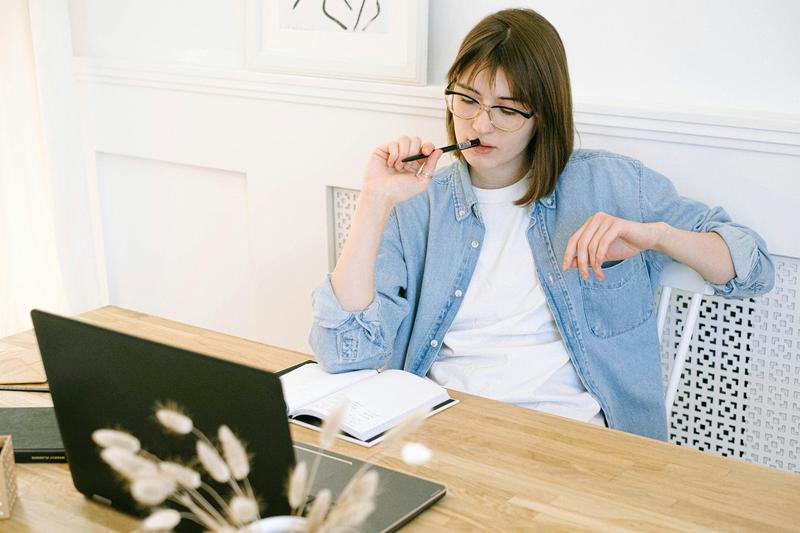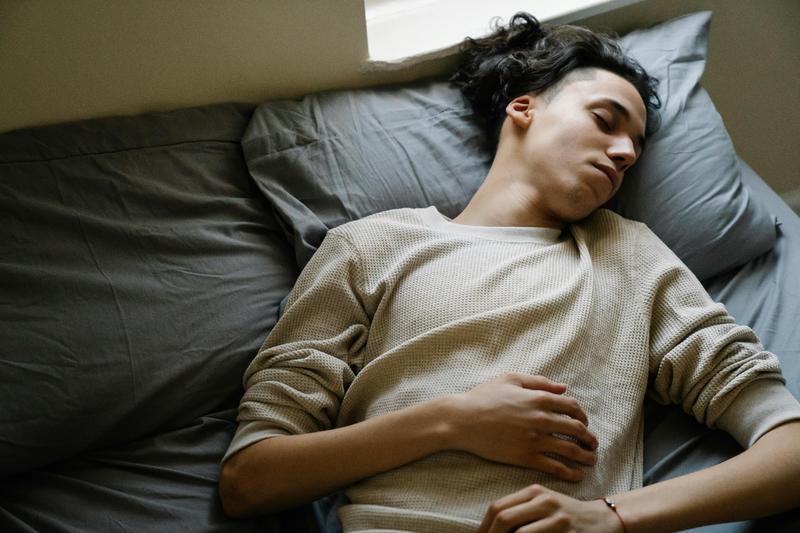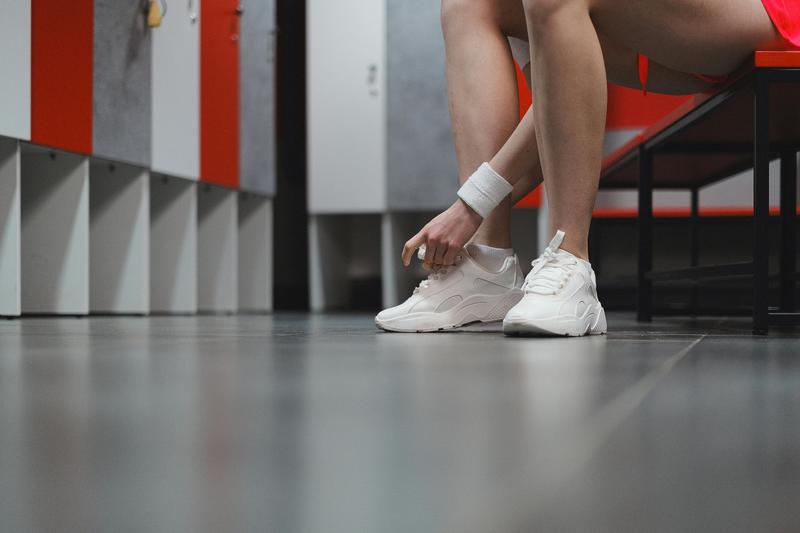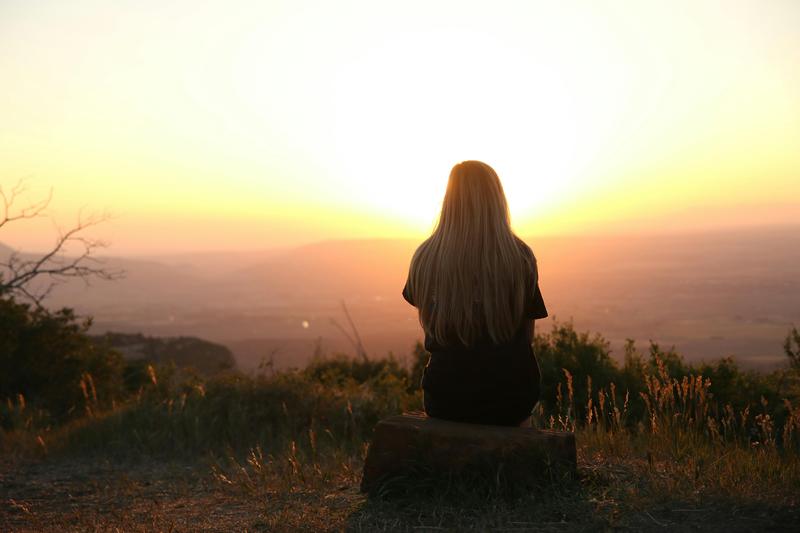Inspiration Isn’t a Sign—It’s a Skill

In this blog post, I want to unpack a myth that keeps so many of us stuck:
The idea that emotions should always guide what we do.
You know the one—where you’re told to “follow your feelings,” “trust your gut,” “only act when you’re inspired,” or “go with the flow.” It sounds comforting, right? Like, just wait for the stars to align or for that lightning bolt of inspiration to hit, and then everything will magically fall into place.
But here’s the thing: emotions are signals—not necessarily roadmaps.
They’re more like the dashboard lights in your car. They tell you something about what’s happening inside your system…but they’re not always telling you which way to turn or what to do next.
And here’s the most empowering part: emotions themselves are trained.
That means states like inspiration, flow, confidence—these aren’t mystical gifts reserved for a lucky few. They’re built through consistent practice, just like strength or flexibility.
In other words:
You can learn to access inspiration, flow, and alignment on command—even on days when you feel flat or off.
Let’s talk about how that actually works…and how you can start training your emotional state to match the life you want to create.
Emotions as Signals—Not Directives
Let’s start here:
Emotions are signals.
They tell you about your current internal state—what your mind and nervous system have been practicing and reinforcing over time.
Think about it like this:
When the “check engine” light comes on in your car, it’s letting you know something needs attention.
It’s not saying: slam the brakes, veer off the highway, or stop the journey altogether.
It’s saying, “Hey—something’s up under the hood. Might be time to check it out.”
Emotions work the same way.
That feeling of anxiety? Might mean your system’s been stuck in worry mode.
That sense of excitement? Could be a signal your system’s primed for possibility.
Here’s where we get tripped up:
We think emotions should determine what we do next.
We wait to feel inspired before we create.
Wait to feel confident before we step into that room.
Wait for fear to disappear before we make the change.
But that mindset quietly keeps us stuck.

The Trap of Waiting to Feel Ready
Let’s ground this in real life.
Have you ever met someone who only creates when they feel “inspired”?
They’ll get this big idea, maybe even buy supplies or make a plan…
And then nothing. They’re waiting for that spark. That moment when the mood, energy, and circumstances feel just right.
Or maybe you’ve been that person.
“I’ll record the video when I’m in the right headspace.”
“I’ll start the thing…once I feel it.”
Same goes for confidence.
How many times have we said, “Once I feel more confident, I’ll take the leap.”
But here’s the catch:
Days turn into weeks.
Weeks turn into months.
And the thing never happens—because we’re waiting for a state that hasn’t been trained yet.
I had a client—let’s call her Sarah—who was an incredibly talented artist.
She’d get waves of vision and clarity. But she only painted when she “felt in the zone.”
And most days? She didn’t feel it.
So she’d say, “I’ll wait until the spark’s back.”
But here’s the truth: the zone doesn’t always arrive on its own.
And when it does? It’s usually because you’ve been practicing—even on the days it feels dull or disconnected.
Emotions Are Trained—So Is Flow
This is where things get exciting.
Neuroscience shows us that the brain is plastic. It rewires itself based on what we repeat.
So when you practice a certain emotional state—like confidence, calm, focus, or inspiration—you’re literally building those neural circuits.
That’s what training is.
A musician doesn’t always feel confident before a show.
But they’ve rehearsed. They’ve practiced hitting the notes, working through nerves, staying steady under pressure.
So even when they’re tired or off…they can access the state of performance.
Same with athletes.
They don’t only train when they’re energized. They train when they’re sore. Distracted. Emotional.
And because of that consistency, their body learns how to enter flow on demand.
That’s the essence of emotional training.
It’s not about “feeling” a certain way first—it’s about deciding what you want to train.

Waiting vs. Practicing
Let’s bring this closer to home.
Imagine you’re learning piano.
You stumble on the same section over and over. It feels clunky, frustrating.
So you say, “I’ll come back to this when I’m feeling more in the groove.”
But if you wait for the groove, you never build the skill.
Now let’s flip it.
You practice daily—even when it’s imperfect. You slow down. Repeat the passage.
Eventually, your fingers begin to move with less effort. The notes start to flow. And surprise—inspiration returns.
Because your system starts experiencing success.
That’s true for meditation too.
People often say, “I can’t meditate. My mind’s too loud.”
But that’s exactly why we practice. To meet the noise without reacting. To sit through the tension. To build presence.
Over time, stillness becomes your default—not because it always felt good, but because you trained it.
Practicing the Right States
One important piece here:
It’s not just repetition—it’s the quality of what you’re repeating.
If you’re practicing anxiety all day, guess what? You’ll get better at being anxious.
If you’re always rehearsing anger, your system will wire in reactivity.
Your brain doesn’t judge. It just builds what you feed it.
So the question becomes:
What emotional state do I want to practice?
Let’s say it’s confidence.
You can start by practicing the physical posture of confidence. Upright spine. Deep breath. Steady voice.
You rehearse that while sending an email. Or having a hard conversation. Or even brushing your teeth.
Doesn’t have to be perfect. But it’s intentional.
And each repetition teaches your system:
“This is the state we live in now.”

Why This Changes Everything
So why does this actually matter?
Because once you see that emotions are where you are, not necessarily where you want to go—you can make a conscious choice.
You can say:
“I notice the anxiety…but I’m going to practice steadiness.”
“I feel resistance…but I’m going to show up anyway.”
And just like that—training begins.
This is the difference between reacting and creating.
Between default patterns… and conscious presence.
Try This This Week
Want something simple to work with?
Just notice when you hear yourself say,
“I’ll wait until I feel inspired.”
Or,
“I’ll do it once I feel ready.”
Then ask:
“What emotional state do I want to build right now?”
And then practice it—on purpose.
Even for 60 seconds.
Even in small ways.
You don’t have to wait for the stars to align.
You can train alignment—right here, right now.
Final Thoughts on Flow and Presence
Let’s bring this full circle.
People talk about flow like it’s magic.
But in truth? It’s just a state that’s been trained enough to feel effortless.
A runner doesn’t chase flow.
They run. Again and again.
And eventually… flow finds them.
A dancer doesn’t wait for grace.
They move through repetition, discomfort, fatigue.
And then grace emerges—because it’s been practiced.
You can build that same relationship with your emotions.
Train presence.
Train clarity.
Train alignment.
Not just when it feels easy.
But especially when it doesn’t.
An Invitation
And if you want a step-by-step system to train your emotional state the same way you train your body or your craft, I’ve created something for you.
